A Beginner’s Guide to Tokyo Gallery Geography
It is immediate to any visitor or resident interested in going to see an exhibition that Tokyo does not have a single gallery area to the extent of, say, New York. The galleries are spread around the city and trying to see a few of them in a day means you clock up a lot of train time.
A handful of powerhouse buildings dominate, each of which contains multiple small galleries. This means a visit can be more fruitful than you think, though you do end up having to choose just one or two districts to cover in a single outing.
Nevertheless, there is a benefit to this diaspora — you get to travel to different areas of the city (especially as many of the areas are the less affluent ones) and each district takes on its own character, especially on opening nights where multiple galleries hold parties.
Kiyosumi Shirakawa
No one interested in art in Tokyo can fail to miss this area and its one main building. The industrial hulk seems to creak and leak paint as you step inside. The lift is a giant service operation with an archaic, obscurantist process (it only goes to certain floors, the doors do not close automatically). Entering this building is not an experience, it is a commitment.
Inside you will find Tomio Koyama, Kido Press, Shugoarts, Miyake Fine Art, Taka Ishii and hiromiyoshii — who mostly co-ordinate opening night receptions together.
*Update: Sprout Curation and Ai Kowada Gallery have now also moved into this building.
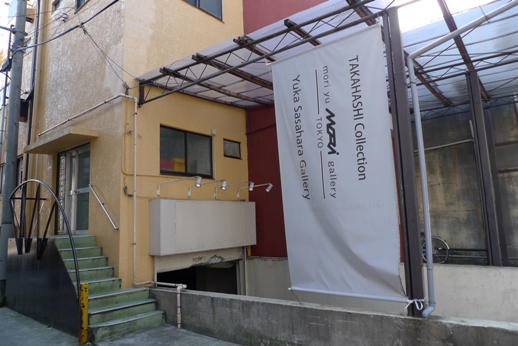
Kagurazaka
In a obscure road behind a printworks near a shrine in Kagurazaka is an industrial building not dissimilar to the Kiyosumi Shirokawa one.
Inside there is Mori Yu (see this TABlog photo report from when it opened), and joined in 2009 by Ohshima Fine Arts. However, despite what the sign outside says, Yuka Sasahara recently moved out (to Iwamotocho), as did the Takahashi Collection (to Hibiya).
Shirokane
The plush Shirokane building features the second Takahashi Collection space (not open much these days) and Yamamoto Gendai, Kodama, and now Nanzuka Underground. TOKIO Out of Place and The Last Gallery are also nearby.
*Update: Misa Shin Gallery has also now opened nearby, but Nanzuka Underground has moved back to Shibuya and rechristened itself Nanzuka.
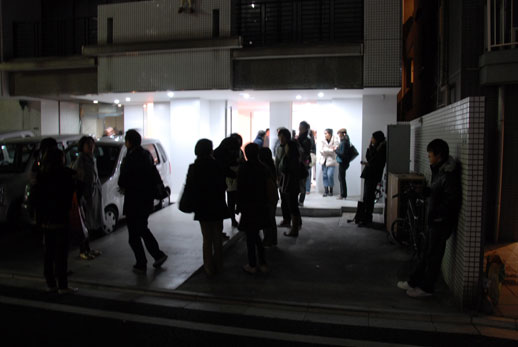
Ginza
Ginza might be home to a lot of department stores and brand outlets leagues out of the budget of a TAB blogger, but Tokyo’s first western-style district also has some very reliable galleries. Two spaces not to be under-rated here are the commercial showrooms, Shiseido and Maison Hermes. Time and again they have demonstrated their ability to curate stunning shows of contemporary Japanese artists.
Arataniurano, Megumi Ogita (recently moved from its postage stamp-sized old location) and Gallery Koyanagi are the main players here, amongst a sea of rental galleries.
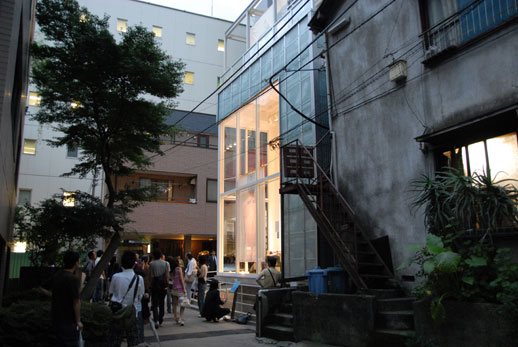
Ebisu
…is dominated by one mighty building, NADiff. Inside there is the eponymous bookstore and its basement gallery, plus magical, ARTROOM, G/P Gallery and Art Jam Contemporary. (For more, see Ashley Rawlings’s excellent photo report on the opening of the NADiff building.)
*Update: Art Jam Contemporary has closed down, and magical, ARTROOM is also no longer fully operating. The building now includes MEM and Traumaris, ‘Space’, run by NADiff.
On the outer regions is Mizuma, and Aoyama/Meguro and Min Min, all of which are walkable from Nakameguro Station.
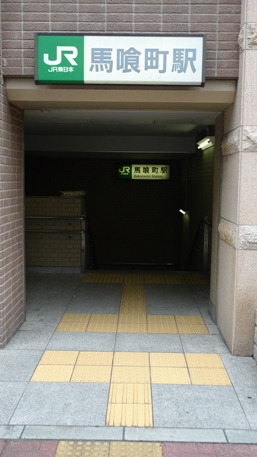
The big development of 2009 was the emergence of Bakurocho as the new art town in Tokyo, part of an overall rejuvenation of east Tokyo (witness the new Asakusa Tourist Centre being built and the Sky Tree).
Alpham, a non-profit gallery sponsored by Musashino Art University, is in the same building as Foil and Taro Nasu. Along with a smattering of nice cafes and eateries, they join Radi-um and CASHI, among others, as galleries walkable from each other and Bakurocho station.
Slightly further afield is Zenshi, which moved to a backstreet near Iwamotocho, and is sharing its space with Yuka Sasahara (originally in Kagurazaka) from February.
TABlog published a photo report wander around the new Bakurocho art district last summer.
*Update: Fabre 8710 has also moved from Osaka to the Bakurocho area, although Foil Gallery has gone the other way, moving to Kyoto.
Others
There are too many others. But we should at least mention Hatsudai and Shinjuku, for Kenji Taki and Wako Works of Art. Plus Take Ninagawa and Gallery Side 2 in the Higashi-Azabu area, on the outskirts of Mori and NACT-dominated Roppongi, almost qualifying for another gallery area.
Sadly, SCAI The Bathhouse is rather on its own in Yanaka, as is Misako & Rosen in Otsuka, and Ota Fine Arts in Kachidoki.
Taking the Tokyu Tokoyo line out to Yukari Art Contemporary or Therme Gallery is also often worthwhile.
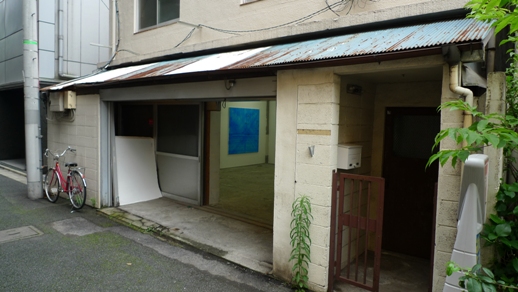
Future
With Mizuma opening a new space in the unlikely place of Ichigaya (and set to abandon its old home in Nakameguro when the lease is up in a couple of years), could this quiet central town become a haven for galleries? Well, the Instituto Cervantes is already there, and Iidabashi and Kagurazaka are just a stone’s throw away.
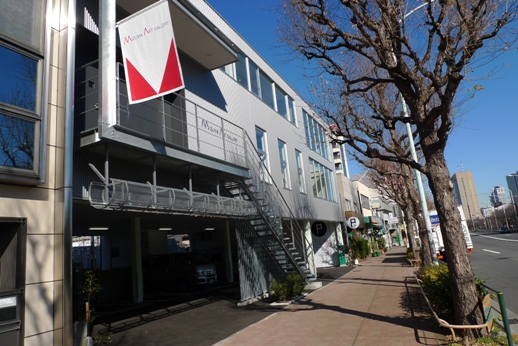
Although Nanzuka Underground has moved out to Shirokane it has retained its original Shibuya home. Zen Foto, a fantastic, small gallery specializing in the vibrant world of Chinese photography, rents the room next door. Nanzuka is set to return at some point and re-open its old gallery as an auxiliary space, making an unremarkable building in a Shibuya backstreet something rather dynamic and exciting.
*Update: Galleries have now been moving back to Roppongi, with Zen Foto relocating to a building that also includes Wako Works of Art, Ota Fine Arts and a second Taka Ishii space.
For much, much more on Tokyo’s gallery background and topography, read Art Space Tokyo.
William Andrews
William Andrews



